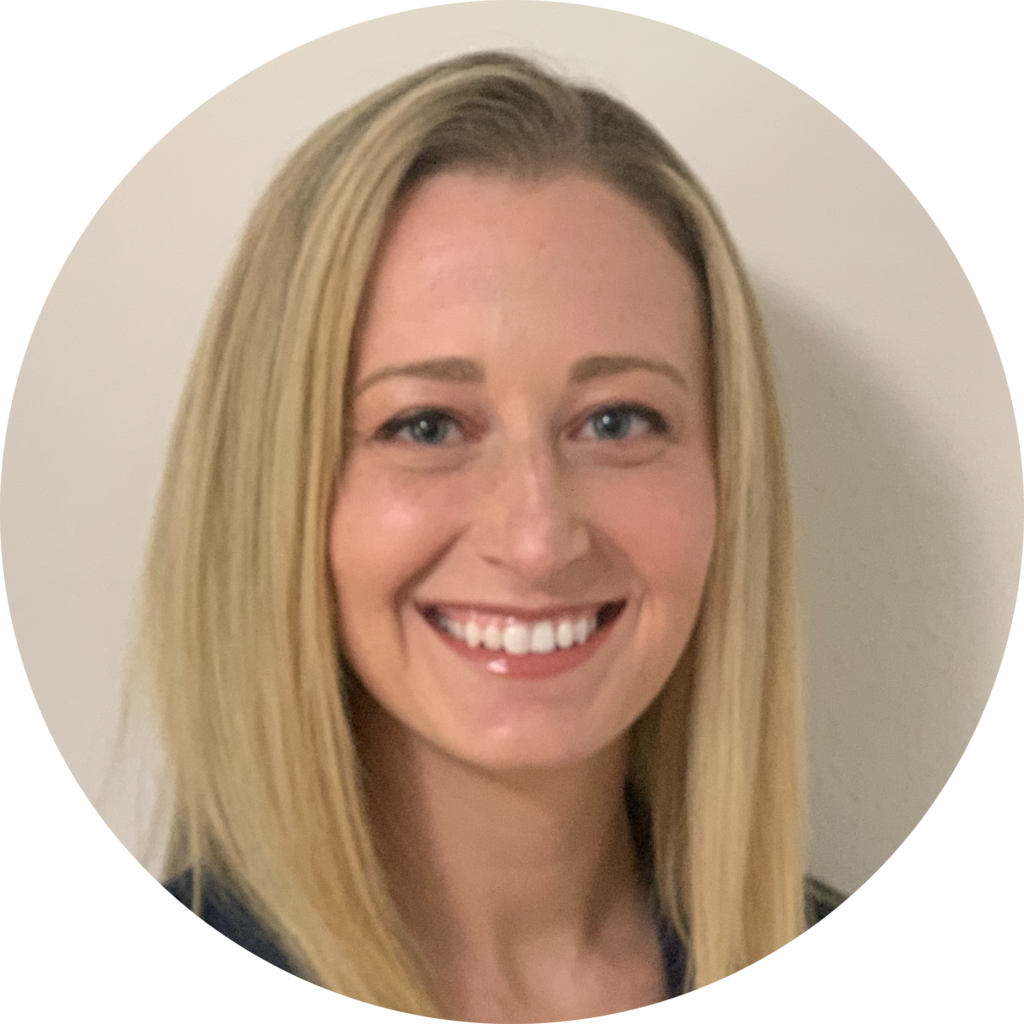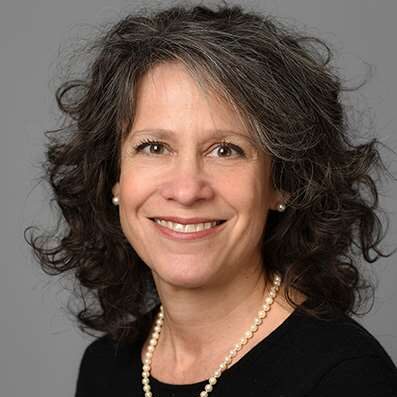At Adult & Child Health, independence is a major goal moving many clients through our service lines. It’s the core tenet of skills work: To help struggling people handle the intricacies of adult life. A lot of clients who benefit from by-appointment skills work out in the community. A&C’s Adult Transitional Living homes exist for those who need support every day.
Kimberly Brand is the Team Leader of A&C’s Adult Transitional Living (ATL) site, at 2131 Fairfax Road, on Indianapolis’ southside. It’s a collection of rented buildings comprised of duplex homes that house clients, two to a unit.
RELATED CONTENT: Adult & Child Health advances affordable housing through two major development projects
How Adult Transitional Living works
All mornings begin with medication, weekends and holidays included. The clients at ATL are almost exclusively adults who have serious mental illness who require medication on a day-to-day basis. Staff members make rounds every morning and night throughout the Fairfax location. They distribute medications and make sure clients take them at the right times and in the right dosage. These rounds in the morning and the evening often provide the day’s framework.
Adult Transitional Living is not a facility, per se, and the clients who live there are free to come and go as they please. Services such as intensive 1-on-1 skills sessions bolster their daily living skills. They assist in areas like cooking, cleaning, taking care of bills, insurance and budgeting.
Participants must pay $425 monthly for rent, which includes utilities. They also have to utilize Adult & Child Health services, and show demonstrated skills needs and a willingness to engage.
Watch Adult Transitional Living resident Alice’s story here:
Who’s an ideal Transitional Living resident?
Many clients come to the program from the community-based service line. Those who are already involved in skills development, but continue to need more intensive support are perfect candidates for the program.
Sometimes, ATL functions as a stopgap between independent living and residential treatment at the state hospital. The program can function as an intervention for those who are dangerously close to hospitalization. It can also be a stepping stone for those who are leaving the state hospital who still need to build up to living on their own.
The whole point of ATL is to help clients with serious mental illness regulate their lives and gain independence. Those who are in the program are required to need a high level of support and actively work toward their goals with the staff. Brand said some people mistakenly think the program is a homelessness relief program. Therefore, she’s careful to fully screen potential clients to make sure they truly need all of the offered services.
RELATED CONTENT: How Blue Triangle helped a homeless man recover
How the Transitional Living program is growing
As Adult & Child Health grows, ATL grows along with it. New staff positions expand services and heighten the quality of the program. They’ve added a staff nurse, which has streamlined all medication needs. Before adding that position, it was a huge headache for the staff to constantly monitor ever-changing prescriptions for all clients. Now, a an on-site nurse is manages medical needs and handles medication issues.
Also, recent hire Nathan Garlick signifies ATL’s venture into providing more on-site services. Garlick is the first staff therapist who works exclusively out of ATL with ATL residents. Many clients are already involved in A&C therapy, but having a therapist on-site all day for appointments and group sessions helps the team immensely. This means fewer issues with transportation, more availability, and a heightened focus on the residents’ needs.
Brand is excited for the program to keep growing and innovating. Looking to the future, she notes that some clients need a higher level of care and would benefit from a group-home type model. The impact the staff has on clients’ lives plays out before their eyes daily. Hopefully, the future brings more residents, more services, and more confidence for clients winning back their independence.
This is an updated version of an article that originally published Nov. 30, 2017.






